At The Maercks Institute, we want to help you be yourself. Dr. Rian Maercks specializes in performing chest masculinization surgery for trans men who want to remove their natural breasts in order to connect their physical appearance with their gender identity.
What to expect during your consultation
Your private, confidential consultation with Dr. Maercks is where you’ll be able to ask any questions you may have or voice concerns about the procedure. We encourage you to make a list of these questions and concerns and bring it along so you don’t forget anything you’d like to know. Dr. Maercks will ask where you are in your transition and what your personal aesthetic goals are. He will go over your medical and surgical history and will ask about allergies and any medications you’re currently taking (including herbal supplements, alcohol, tobacco, etc.). Dr. Maercks will also examine you physically. He will need to assess your breast size, shape, quality of skin, and the placement of your areolas. This will help him determine which surgical technique is best for you. He will go over your options, making recommendations, and explaining how each procedure is done. He will also go over any risks and what to expect during recovery.

